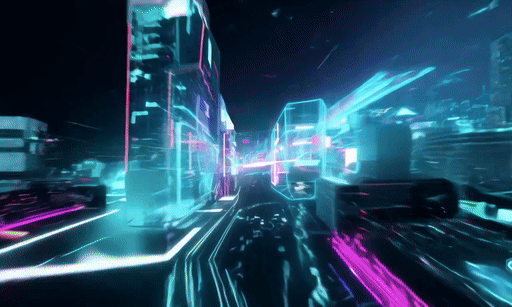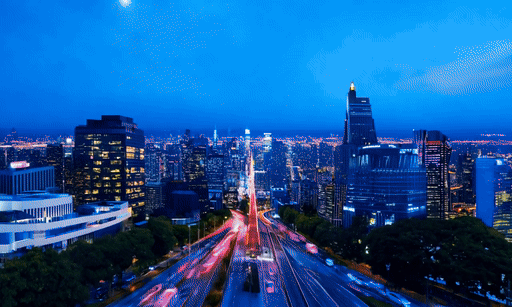Zika virus cases in India: Pregnant women among infected, experts tell WION about preventive measures
July 2, 2024Story highlights
Experts have said that it is important to boost public awareness and enhance community-level mosquito control measures for prevention
Pune, a city in the Indian state of Maharashtra, has reported at least seven cases of Zika virus infection, a health official confirmed on Tuesday (Jul 2). Two patients among them are pregnant women.
The Zika virus is a mosquito-borne virus that was first identified in monkeys in Uganda in 1947. It was later found in humans in 1952. It is primarily transmitted by Aedes mosquitoes, which are also known to transmit infections like dengue and chikungunya.
WION reached out to experts to learn about symptoms and preventive measures. Dr Sushila Kataria, Senior Director, Internal Medicine, Medanta, Gurugram, said, "Maintaining public health should be a top priority by preventing the spread of the Zika virus, especially in areas with a history of mosquito-transmitted infections."
In addition to what Dr Kataria said, Dr Mohit Saran - Consultant, Internal Medicine, Manipal Hospital, Gurugram told WION: "Zika virus is caused by a mosquito bite on the person who has travelled to the Zika-infected countries. If he has sexual contact with another person, the person gets the infection. Also, it is transmitted by blood transfusions."
What are the symptoms and preventive measures?
Zika virus symptoms generally include fever, rash, joint pain, conjunctivitis (red eyes), muscle pain, headache and more. Notably, most people infected with the Zika virus do not show symptoms.
Dr Kataria added that it is important to provide personal protection and map mosquito control programmes to stop the Zika virus from spreading. He suggested wearing insect repellents, long-sleeved clothes and having well-fitted doors or windows that have screens would prevent one from being bitten by mosquitoes.
"If you remove pooled water around the place where you live and work, the quantity of mosquitoes breeding there will likely decrease," Dr Kataria added.
As mentioned, the virus is transmitted through sex so the experts have advised to adopt safe sex or abstain when pregnant. On returning from Zika-affected areas, travellers are advised to put on mosquito repellent for at least three weeks to prevent spreading the virus to local mosquitoes.
Also read: Explained: Is forgetfulness a key indicator of Alzheimer's disease? Experts tell when to seek help
Zika virus infection among pregnant women
An Indian official said: "A 28-year-old pregnant woman from the Erandwane area was detected with Zika virus infection. Her reports came positive on Friday. Another woman was detected with the infection on Monday. The condition of both women is good and they have no symptoms."
But Zika virus can cause some serious problems for pregnant women and it may cause microcephaly, a condition in which the head is significantly smaller due to abnormal brain development, in the foetus.
Experts said that if the lady is pregnant, she should not travel to the Zika virus-infected nations. Hence, pregnant women need to be careful and keep away from mosquitoes and avoid getting bitten by them.
#WATCH | Pune, Maharashtra: Pune Municipal Corporation Health Officer, Kalpana Baliwant says, "Seventh positive case of Zika virus has been reported in Pune...We are controlling the vector responsible for the disease...Container surveys are being done in the vicinity of the… pic.twitter.com/5tRM75NdLP
— ANI (@ANI) July 2, 2024
Awareness is the key
Experts have said that it is important to boost public awareness and enhance community-level mosquito control measures for prevention. Reducing the occurrence of Zika virus infections through remaining informed and taking some proactive measures can help save threatened groups of people.
Meanwhile, the Indian official said that the Pune Municipal Corporation's health department is conducting surveillance. As a precautionary measure, it is taking measures such as fogging and fumigation to curb the breeding of mosquitoes.
)








